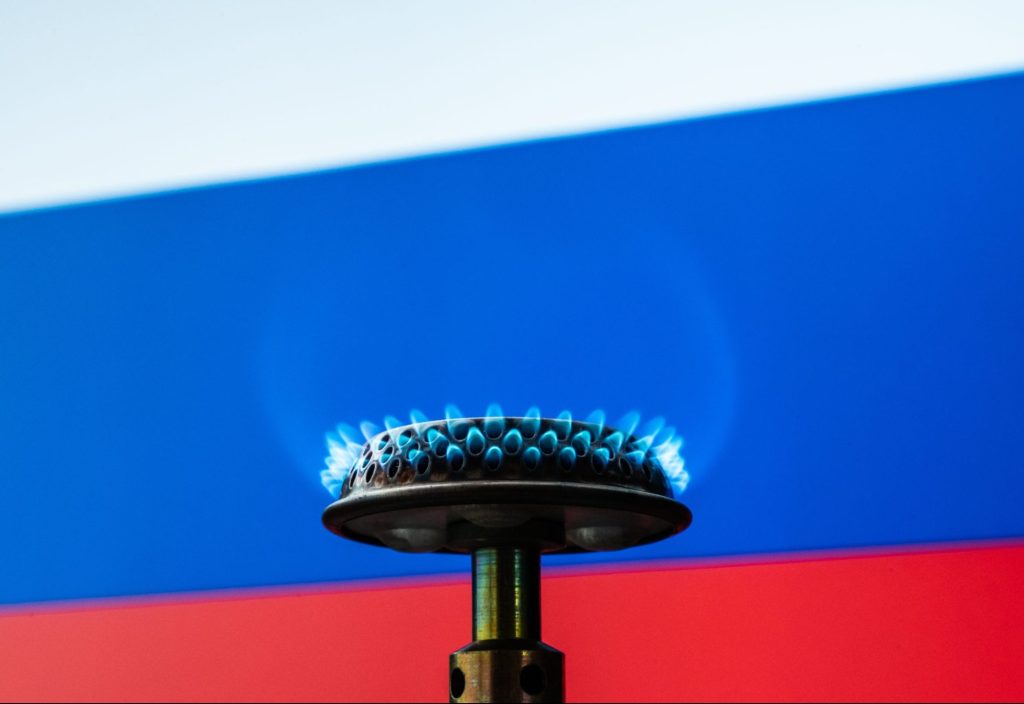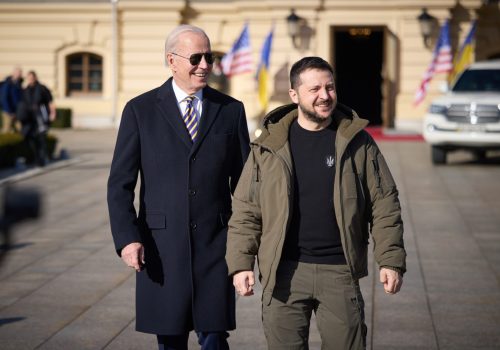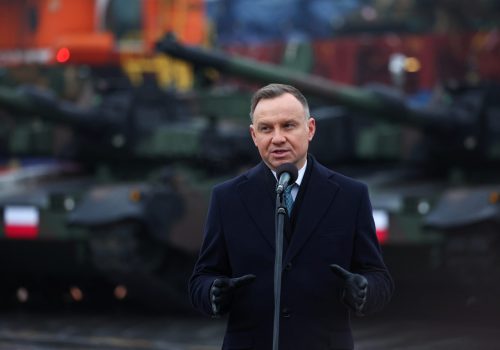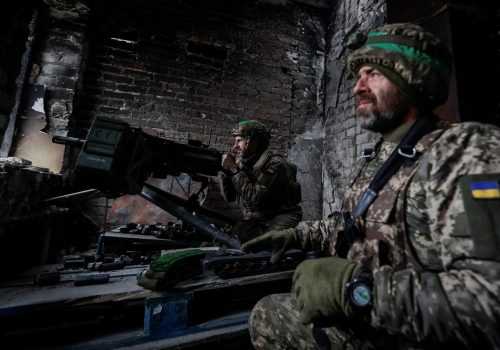Vladimir Putin hoped to bring Europe to its knees over the winter season by drastically cutting Russian gas supplies. With spring now here, it is clear that he did not succeed. European consumers did not freeze in their homes and European economies are now beginning to show promising signs of recovery.
Good fortune helped Europe overcome Russia’s latest gas attack, with comparatively clement weather across the continent throughout the winter season. Careful preparation also contributed, with natural gas storage facilities already brimming at the start of the heating season last November. Crucially, there was no global competition for supplies during the winter months as China, one of the world’s largest buyers of liquefied natural gas, has been reeling in the aftermath of its extensive covid lockdown.
European countries also deserve credit for taking a number of effective measures in response to the energy crisis provoked by Russia and addressing some of their key vulnerabilities. The figures are impressive. In less than one year, the EU added eight new floating storage and re-gasification units, expanding its LNG importing terminals to 23. Thanks to these new terminals, Europe will be able to import 227 billion cubic meters of LNG in 2024, or nearly half of its total consumption in 2021. Overall, Europe increased its LNG imports by 68% in 2022 to compensate for falling Russian gas imports.
The measures adopted by Europe involved considerable costs. These included record gas prices, which took a heavy toll on industrial production. Nevertheless, thanks to falling demand, particularly in the industrial sector, gas prices were already at a 17-month low by the beginning of March 2023.
These positive trends create the strong impression that Russia’s energy offensive has failed. Far from obliging Europe to abandon Ukraine and accept the Kremlin’s terms, Putin’s increasingly overt weaponization of energy exports has deprived Russia of access to key European markets, forcing the country to find new outlets for its stranded gas production. However, the energy war is still far from over.
Stay updated
As the world watches the Russian invasion of Ukraine unfold, UkraineAlert delivers the best Atlantic Council expert insight and analysis on Ukraine twice a week directly to your inbox.
Europe faces a number of energy sector-related risks in 2023. These include a rapid recovery in Chinese economic demand, which would bring the country back into the global market for LNG and increase competition for global cargoes. With LNG global production likely to remain limited throughout the current year and possibly into next year until new projects are commissioned, LNG supplies will be reduced.
The situation could be further compounded if another year of drought impacts hydro electricity production. There are also concerns over technical problems at France’s ageing nuclear power stations. If nuclear facilities are forced to undergo unplanned maintenance for an extensive period of time, Europe would be obliged to switch on its gas-fired generation, lifting demand for the fuel.
In early March, engineers discovered corrosion cracks at four French reactors. There are now fears that another 200 welding inspections at 56 reactors later this month could reveal even more problems. The news triggered a sharp increase in gas prices within a week. Announcements of more issues could further lift prices.
Eurasia Center events

Greater demand for electricity generation caused by a fall in nuclear or hydro capacity may force Europe to increase its gas imports at a time when global LNG supplies are limited. This, in turn, could open a window of opportunity for Russia to increase its flows to Europe.
The only other options would be for industrial and commercial consumers as well as households to reduce gas demand even more, and for investors to speed up the deployment of renewable capacity to compensate for falling nuclear or hydro generation. That may not be realistic. Between August 2022 and January 2023, Europe managed to save 42 bcm of gas. This dramatic reduction in demand would have to continue if Europe is serious about not increasing Russian imports.
Another risk lies in the fact that Turkey and Russia are now discussing the launch of a gas hub for supplies to Europe. Under this arrangement, Russia could sell gas to at least one Turkish buyer, which would then sell it further on to customers across southeastern Europe.
There are concerns regarding possible breaches of competition rules and even corrupt practices if whitewashed Russian gas enters Europe via Turkey, as there are no signs that Turkey and neighboring Bulgaria are preparing to provide transparent and verifiable information regarding the supplies. Europe cannot stop Turkey from selling gas to European customers, but the EU should insist that member states bordering the country provide transparent information on volumes entering their markets.
With Europe still facing relatively tight supplies in 2023, it will be difficult for policymakers to introduce a ban on remaining Russian pipeline gas and LNG imports, at least for the time being. In the current circumstances, the best way to discourage Russian gas imports is to continue reducing demand, ensure storage facilities meet fullness targets ahead of next winter, accelerate the deployment of renewable capacity, and send a clear message that buying Russian gas will bring strong reputational risks.
Dr. Aura Sabadus is a senior energy journalist who writes about Eastern Europe, Turkey, and Ukraine for Independent Commodity Intelligence Services (ICIS), a London-based global energy and petrochemicals news and market data provider. Her views are her own. You can follow her on Twitter @ASabadus.
Further reading
The views expressed in UkraineAlert are solely those of the authors and do not necessarily reflect the views of the Atlantic Council, its staff, or its supporters.

The Eurasia Center’s mission is to enhance transatlantic cooperation in promoting stability, democratic values and prosperity in Eurasia, from Eastern Europe and Turkey in the West to the Caucasus, Russia and Central Asia in the East.
Follow us on social media
and support our work
Image: Putin has weaponized Russian gas exports to Europe as part of his energy war. (Silas Stein/dpa)




